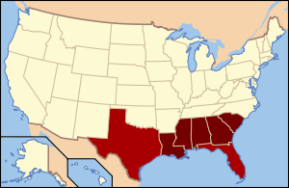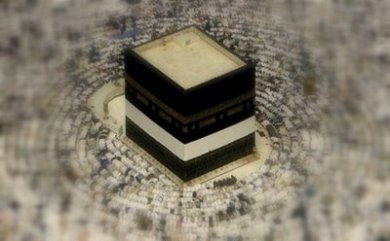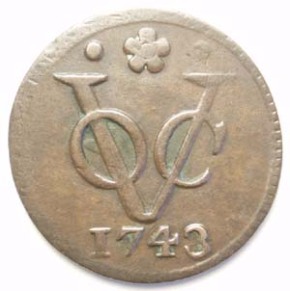Based on the information I have been able to gather over the years, Blue Gums ghosts, if they existed, would be a very gregarious, sociable bunch. But there would be one ghost who would visit occasionally and although he would be polite to the carousers he would always remain aloof.
In an exquisite piece of dramatic irony the current inhabitants of the southern-most section of the Cape Peninsula, (either deliberately or out of a genuine ignorance of the history of American Slavery), refer to this area as the “Deep-South”. Without knowing it, they are alluding to the hidden, rather than forgotten, history of False Bay, south of Simon’s Town.
The States in Dark Red Comprise the American Deep South, the “Cotton States” that depended on Slavery for Plantation Labour.
The solitary ghost that haunts Blue Gums, usually just before dawn, is the ghost of Lalu Abdul Dea Koasa. On those nights, just before sunrise, soft sounds of prayer are said to emanate from the north-east corner of the living room in the Stone House.
Who is this man, and why do I like to imagine that on some nights, the whisperings of the wind before dawn, is Blue Gums’ way of paying homage to the times, over 150 years ago, that he may have laid down his prayer rug here and faced the direction of the “qiblah”?
The Holy Qiblah, Mecca, Saudi Arabia
The year was 1752. The Island of Sumbawa, Indonesia was under occupation of the mighty Dutch East India Company – the self-same company that first colonized the Cape of Good Hope.
Dutch East India Company Coin
Oppressed, but with their inner strength unconquered, many resolute islanders rose in defiance and fought fierce battles with the Dutch. Two leaders of the rebellion, Lalu Abdul Dea Koasa and his son Lalu Ismail Dea Malela were eventually captured. Shackled and chained, they were banished for life as political exiles – to South Africa.
They were brought to Simon’s Bay and incarcerated in the Slave Dungeons at the Old Court House. After three years of wasting away in the cold, dark dungeon, Lalu Abdul managed to escape by digging a hole through the wall. He took one of the boats that had been tied alongside the prison, and headed out to sea.
Slavery at the Cape
Lalu Abdul eventually landed close to Bordjiesdrif, just north of Buffels Bay. Word eventually got out that he had been seen in the Cape Point Mountains. Lalu Abdul lay low for several years – spending time in what is now known as “Antonie’s Gat”, a cave near the beach at Buffelsbay.
Local Capetonian families claim to have discovered ancient books, apparently written by Lalu Abdul; books that the Muslim community of Simon’s Town has passed from generation to generation. One passage reads, more or less, as follows: “”When (I) stood on Cape Point Mountain and watched the mesmerizing views of the Atlantic Ocean on the left and the Indian Ocean on the right, I would think this was a perfect place that had been chosen for my safety; isolated and far away in distance and in time from the memory and the danger of imprisonment in the dreaded underground prison room for slaves in Simon’s Bay. At Cape Point I could feel peace through walking every day through the environment, studying, mountains, flora, fauna, wildlife, and capturing my observations with notes and drawings in my diary.”
Beautiful Shoreline Near Antonie’s Gat
It is believed that the slave community of Cape Town’s “deep south” would come to Antonie’s Gat to receive their teachings from their spiritual and political leaders.
When Lalu Abdel died he was buried in Simon’s Town. There are those who believe that it is he who was buried in the Kramat just above Runciman Drive in the vicinity of Goede Gift, where to this day Muslims from far and wide come to pay their respects.
The Simon’s Town Kramat






June 22, 2013 at 11:44 am |
my name is ebrahiem manuel a direct descendant of the above ancestor- we are in the process of displaying the true history in 2013/14-make your info available for the exhibition
September 13, 2014 at 4:23 pm |
My name is Din Syamsuddin, like Brother Ebrahiem Manuel, I am also a direct descendant of Ismail Dea Malela, living in Jakarta, Indonesia, serving as President of Indonesian Ulama Council. With my family in Sumbawa I planned to establish a modern Islamic Boarding School (pesantren) attributed to Dea Malela in his home village Pamangong, Sumbawa. Hopefully the Pesantren of Dea Malela to be launched in November this year.
August 6, 2016 at 12:18 pm |
i am a direct descendant- we traced our exiles family on the basis of handwritten kitaabs-view at the heritage museum in simonstown